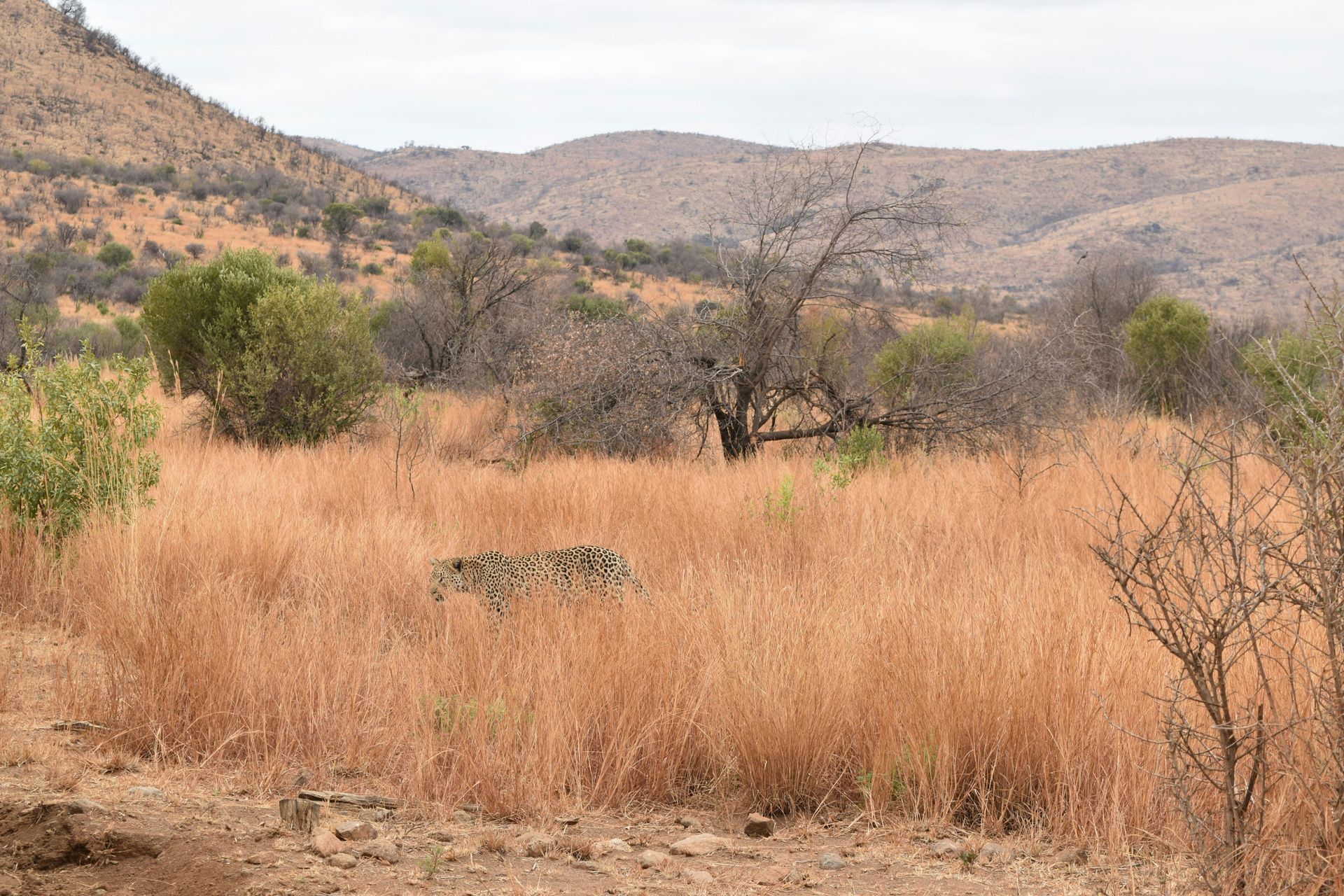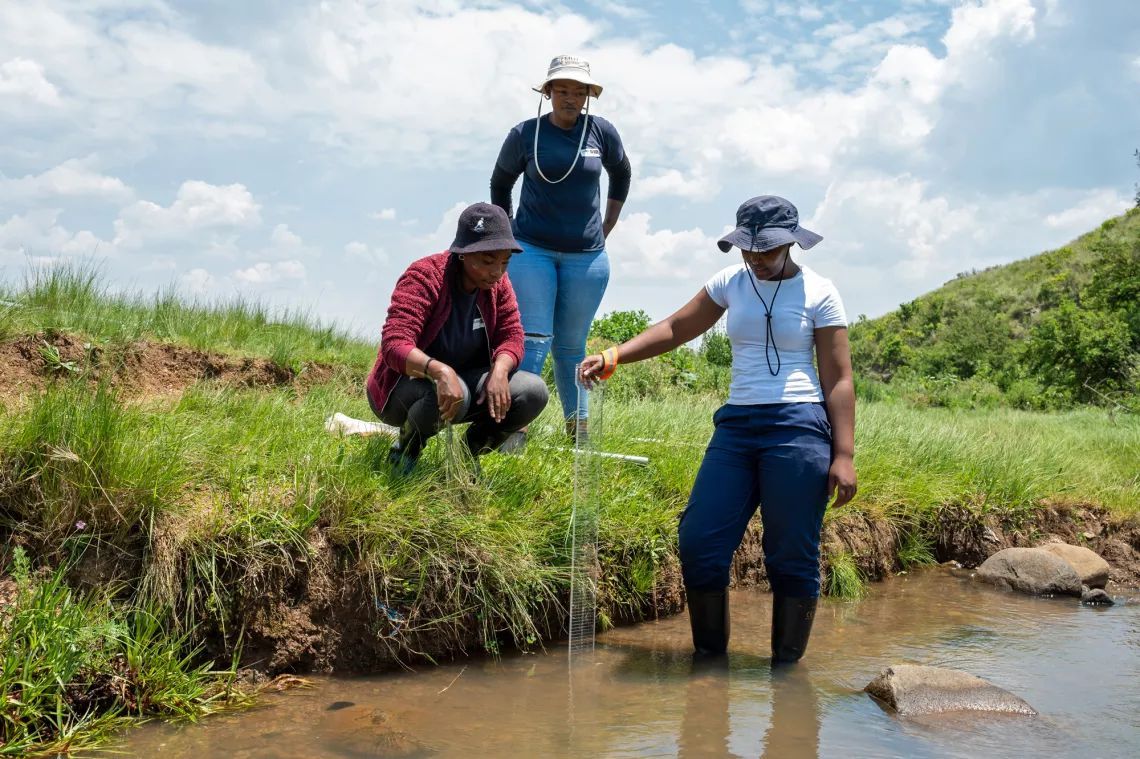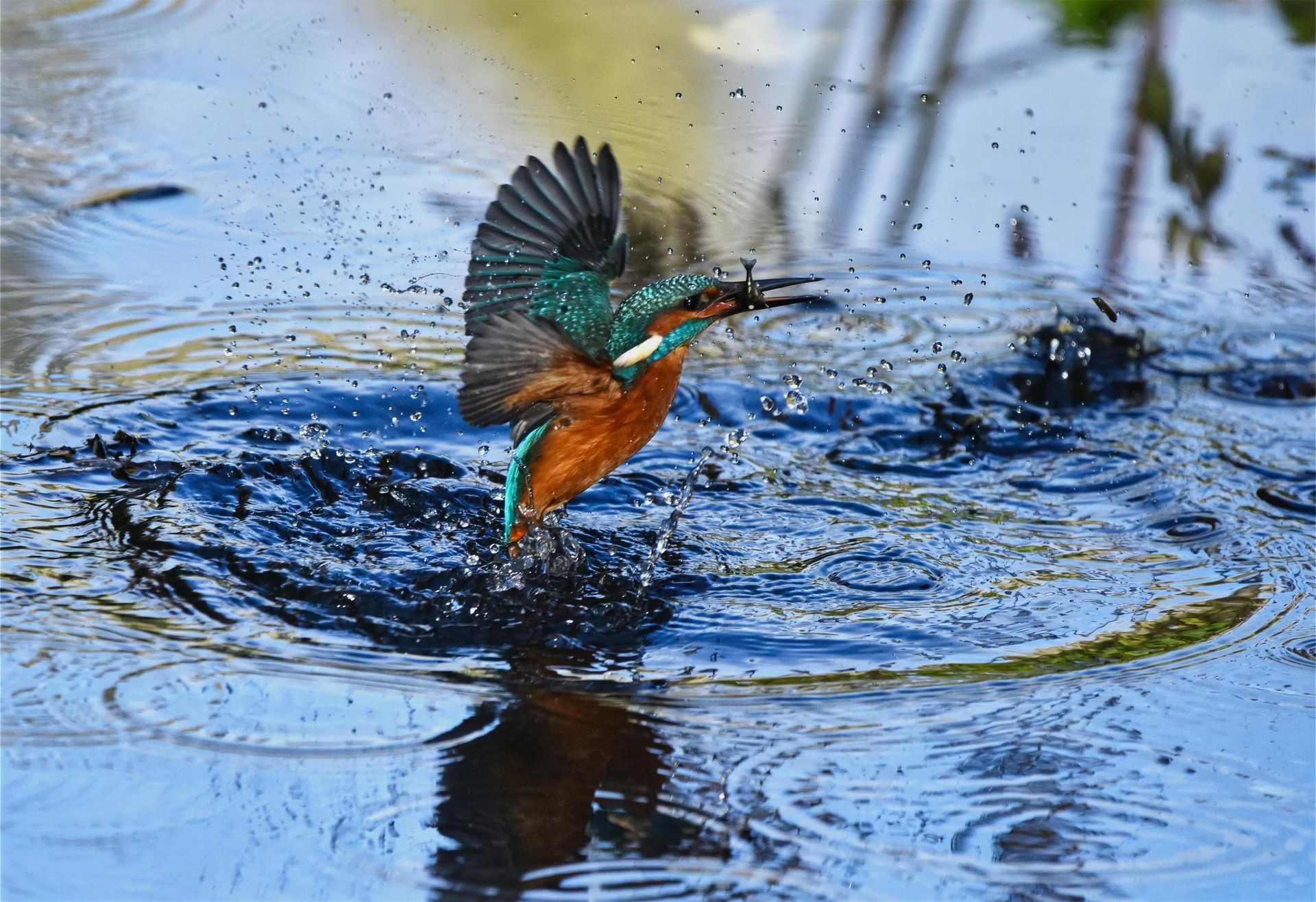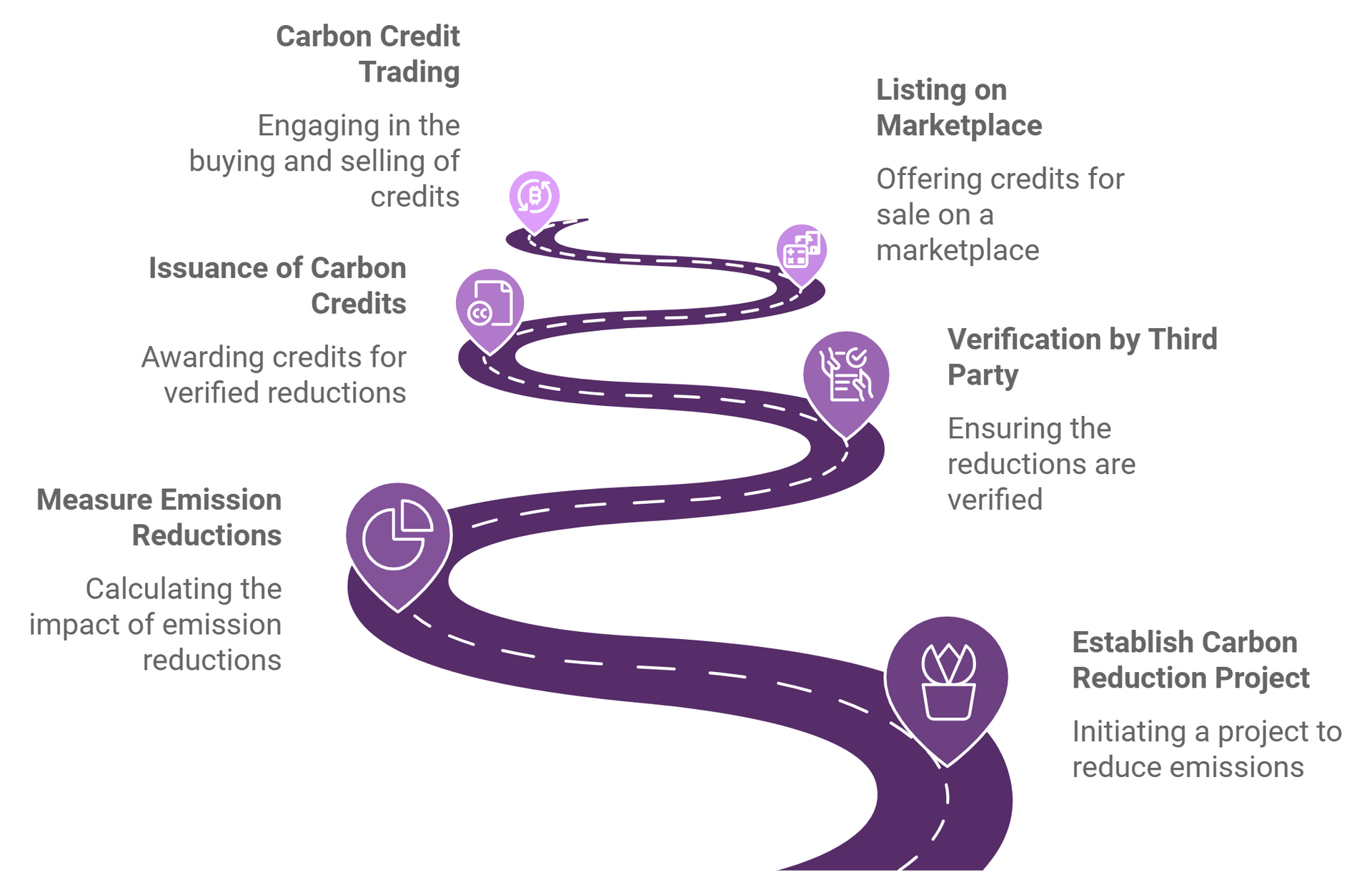Carbon Credits, Plastic Credits, and Biodiversity Credit Systems
We recognize the growing potential of environmental credit systems as powerful tools to drive conservation and incentivize sustainable practices. By developing and implementing frameworks for trading carbon credits, plastic credits, and other forms of ecological credits, we can provide local communities and businesses with opportunities to benefit financially from environmental stewardship. This approach supports a circular economy while addressing critical conservation and sustainability challenges.
What Are Environmental Credit Systems?
Environmental credit systems are market-based mechanisms that assign value to positive environmental actions, allowing organizations to trade credits based on their impact.
For example:
- Carbon Credits: Represent the reduction, removal, or avoidance of greenhouse gas emissions, often measured in metric tons of CO2.
- Plastic Credits: Represent the collection or recycling of plastic waste, incentivizing companies to reduce their plastic footprint.
- Biodiversity Credits: Measure conservation actions that protect or restore natural habitats and species, monetizing efforts that enhance biodiversity.
These credit systems help bridge the gap between economic activities and environmental conservation, making sustainable practices a valuable commodity.
Key Biodiversity Credit Concepts
- Transparency and Verification: Each credit must be verified to ensure genuine environmental impact, often using blockchain or other digital tools to maintain a transparent and traceable record.
- Market Access: Credit systems create a marketplace where businesses and individuals can purchase credits to offset their environmental impact, supporting local conservation projects.
- Community Involvement: Engaging local communities in credit generation activities ensures that conservation efforts are inclusive, providing economic benefits directly to those managing the environment.
Research Opportunities
Zanza Labs is committed to exploring innovative research and technology solutions that enhance the efficiency and impact of credit systems. Our focus includes:
- Data Collection and Monitoring: Leveraging digital tools and Citizen Science networks to gather accurate data for verifying credits.
- Credit Calculation Methodologies: Developing standardized methods to assess the value of various conservation actions, including plastic waste removal and habitat restoration.
- Blockchain for Verification: Researching the use of blockchain to create secure, tamper-proof records for environmental credits, ensuring transparency and accountability in the market.
Conservation Opportunities
Environmental credit systems offer unique opportunities to fund and expand conservation initiatives:
- Carbon Sequestration Projects: Supporting tree planting and reforestation efforts that absorb CO2 and generate carbon credits for sale.
- Plastic Waste Collection: Empowering communities to collect and recycle plastic waste, earning plastic credits that can be sold to companies aiming to offset their plastic usage.
- Biodiversity Enhancement: Creating projects that protect endangered species and restore natural habitats, generating credits that monetize these vital conservation efforts.
Supporting Conservation Entrepreneurs
Zanza Labs is dedicated to building a robust ecosystem for conservation entrepreneurship. By training local entrepreneurs and conservation-focused businesses to participate in credit markets, we enable them to develop new revenue streams while advancing environmental goals. Entrepreneurs can:
- Launch carbon offset projects by managing reforestation or sustainable agricultural practices.
- Establish plastic collection businesses that benefit from plastic credit systems, turning waste into economic value.
- Develop eco-friendly products tied to biodiversity credits, tapping into global markets seeking verified, nature-positive goods.
How Carbon Credits Work
How Zanza Labs Can Lead the Way
With our expertise in technology, Citizen Science, and community engagement, Zanza Labs is uniquely positioned to drive the implementation of credit systems across Africa. We aim to:
- Integrate Technology and Local Knowledge: Utilizing digital tools to enhance the traceability and verification of credits, while tapping into the local knowledge of communities to identify impactful conservation actions.
- Build Market Access: Establish platforms that connect conservation projects directly with investors and businesses seeking to purchase credits, streamlining the process and increasing the value of credits for local participants.
- Empower Rural Communities: By supporting rural entrepreneurs and conservation projects, we return control of natural resources to the communities that manage them, creating sustainable pathways for conservation-based economic growth.
Impact on Rural African Communities
Zanza Labs' approach to credit systems has the potential to transform rural economies across Africa. By enabling communities to generate and trade environmental credits, we offer a powerful incentive for sustainable resource management. The economic benefits not only improve local livelihoods but also foster a deep sense of ownership and stewardship over natural resources. This decentralized, community-driven model returns conservation authority back to the hands of the citizens, creating a lasting positive impact on both the environment and the people who depend on it.
Environmental credit systems represent a forward-thinking solution to today’s conservation challenges. By developing and supporting these markets, Zanza Labs can catalyze meaningful change, ensuring that sustainable practices are rewarded and that local communities benefit economically from their environmental stewardship. Together, we can build a future where conservation and commerce go hand in hand, driving impactful change for the planet.
Frequently Asked Questions
What are environmental credit systems, and how do they work?
Environmental credit systems are mechanisms that assign value to sustainable actions like reducing carbon emissions, recycling plastic, or conserving biodiversity. Organizations earn credits for these actions, which can be sold or traded in markets, providing financial incentives for environmentally positive activities.
How can communities benefit from participating in credit systems?
Local communities can earn credits by engaging in activities such as reforestation, waste management, or conservation projects. These credits can then be sold to businesses looking to offset their environmental footprint, creating new income streams for community-based initiatives.
What is the role of Zanza Labs in developing these credit systems?
Zanza Labs focuses on creating robust frameworks and digital tools to streamline the process of verifying, tracking, and trading environmental credits. By leveraging blockchain and data-driven solutions, Zanza Labs ensures transparency and trust in the credit systems, making them more accessible to rural communities.
How do carbon credits differ from plastic credits?
Carbon credits are earned by reducing or capturing greenhouse gases, such as through renewable energy projects or tree planting. Plastic credits, on the other hand, are earned through initiatives focused on reducing plastic waste, like recycling or cleanup activities. Both aim to address specific environmental issues but operate in different domains.
Can small businesses and entrepreneurs participate in credit markets?
Yes, small businesses and entrepreneurs can participate by undertaking verifiable projects that contribute to carbon reduction, plastic recycling, or other conservation efforts. Zanza Labs helps facilitate access to these markets, offering support in project development, certification, and credit trading.
Share this article
Quicklinks

















